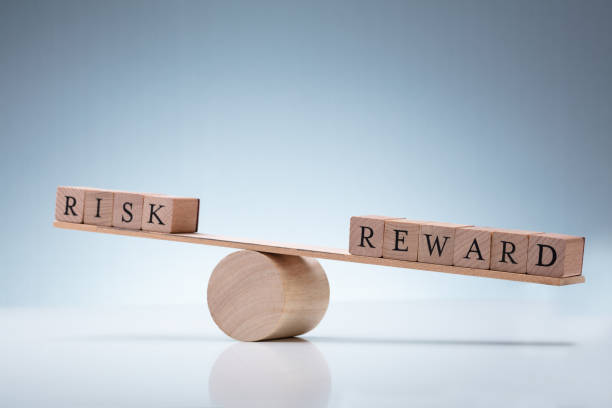
16May
Risk and Reward – investment stages: a guide…….
Wise Investor:
We are not regulated in the UK and we are unlikely to work with UK residents unless they beg us and sign multiple disclaimers! If you are one of the chosen few then you can log in here………
Wise Investor Login:
To request a password to login, please email Jon@investmentowl.com
Recent Posts
Archives
- May 2022
- March 2022
- October 2021
- September 2021
- August 2021
- July 2021
- June 2021
- May 2021
- April 2021
- March 2021
- February 2021
- November 2020
- October 2020
- September 2020
- August 2020
- July 2020
- June 2020
- May 2020
- April 2020
- March 2020
- February 2020
- January 2020
- December 2019
- November 2019
- September 2019
- August 2019
- July 2019
- June 2019
- March 2019
- February 2019
- January 2019
- December 2018
- November 2018
- September 2018
- August 2018
- March 2018
- February 2018